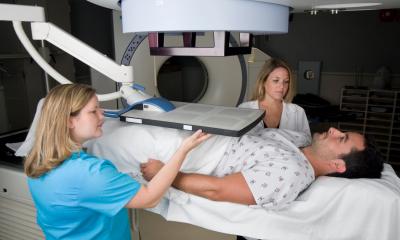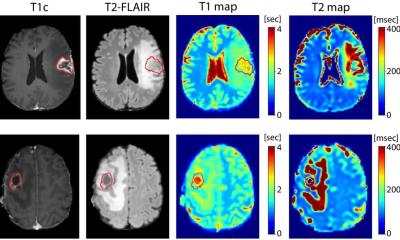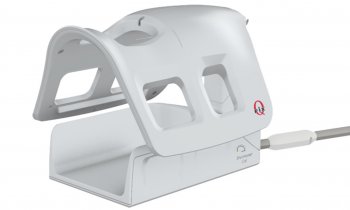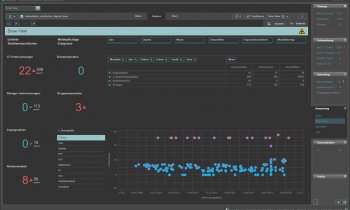Better therapeutic results urgently required in chronic wound management
Doctors and carers call for effective and affordable treatments for four million patients: fewer amputations and better quality of life
Every year in Germany, four million wounds leave a legacy of 30 000 amputations and six billion Euros in treatment costs. These shocking figures drew wound experts to the Pflege Kongress 2012 (2012 Care Congress) held in Berlin.

So-called “modern” wound treatment has already been around for 50 years and can no longer meet the growing challenges of wound therapy, claimed experts in Berlin. For many of those affected, the condition has a significant impact on quality of life, culminating in social isolation. “Many studies have highlighted a clear correlation between chronic wounds and depression,” emphasized wound management care expert Kerstin Protz from Hamburg. “And amputation is the last resort for many patients”. Congress delegates were unanimous in their decision that new treatment options for chronic wound sufferers were long overdue.
New treatment strategies are in the pipeline, but the majority of them are expensive and reserved for specialist centers. This includes the new VAC-Instill vacuum therapy, stem cell therapy and innovative plasma radiation therapy aimed at reducing germs and promoting wound healing. “The downside of these therapies is that they are not suitable for practical application in an outpatient setting”, commented ICW wound expert, Zeynep Babadagi-Hardt, who runs an outpatient care center and academy in Duisburg.
What about growth factors and a hemoglobin spray? Both preparations represent a new generation in wound therapy and can be used by nursing services. However, Hardt pointed out that at 1000 Euros, a tube of growth factors is very expensive and is only reimbursed in very few cases by medical insurance companies. A hemoglobin spray marketed in Mexico and formulated to provide wounds with the necessary oxygen to promote the wound healing process will soon be launched in Germany. “Costing a few Euros per treatment, this product would actually be affordable”, Hardt commented on the spray, which was presented to medical professionals in Berlin. “As regards efficacy, I’m keen to find out if the promising results recorded in Mexico can be repeated here”. The wound expert announced that new products would be tested in terms of efficacy and results presented at expert congresses.
Compilation of the nationwide “Diabetic Foot Syndrome” register continues
Diabetes expert, Dr. Alexander Risse from the Diabetes Center at Dortmund Hospital, referred to the specific problem of diabetic foot syndrome (DFS). In addition to lower leg ulcers (Ulcus cruris) and pressure sores, DFS is responsible for a large percentage of chronic wounds. With 200 000 cases every year, DFS is the most worrying complications of Diabetes mellitus. “Toes, feet and even whole legs are still being amputated because doctors misjudge the neuropathy and wrongly diagnose occlusive microangiopathy”, Risse explained. “In such cases, small foot vessels are dilated in most diabetes sufferers because the autonomic nervous system is paralyzed”.
Closer and, above all, structured collaboration between all expert groups is essential to overcome these problems. With this in mind, the “Diabetic Foot Syndrome” expert group was founded at MDI in November 2010. The interdisciplinary group has meanwhile attracted AOK1 representatives and doctors from other EU Member States. They have currently joined forces to create an independent database containing treatment-relevant data from all over Germany. “Together with angiologists, vascular surgeons, dermatologists, surgeons, diabetologists and other practitioners, we have already set parameters to guide treating physicians in the future. If we manage to acquire a full set of data one of these days, we will then have a solid basis on which to make reliable evaluations about the therapeutic strategies adopted”.
Risse and colleagues are promising to mirror the successful results of the North Rhein foot networks in the national DFS Register in Germany. The foot networks, which have been in operation in this part of Germany for many years, and the related IV agreements, have had a substantial impact on treatment quality: major amputation rates have indeed fallen from over ten to below two percent.
07.02.2012









